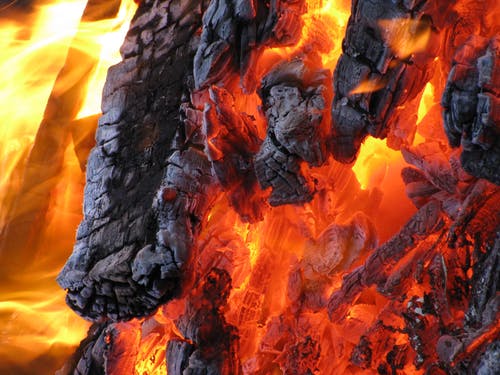People may think their kitchen is not as prone to molds as some areas of their house. However, a kitchen’s high moisture levels make it an ideal place for mold growth. Regardless of their kind, molds are disturbing and can seriously threaten a family’s health. Kitchen molds are typically found in and behind cupboards, below the sink, around window sills, on walls or around taps, and behind kitchen furniture and appliances.
Molds can grow anywhere in the kitchen, but knowing what causes their growth will spare you money and time as this can help you become proactive in preventing them in the first place. Now, let us discuss what makes kitchens vulnerable to mold growth.
Leading Causes of Kitchen Mold Growth
Of all the places molds will attempt to grow, the kitchen area must always be protected as anything about food preparation happens there. After all, a kitchen with molds is unhygienic and can affect the foods you will prepare and eat, so it’s only natural to know the reasons for kitchen mold development to prevent its infestation. Below are five contributing factors to kitchen mold growth.
1. Spoiled foods
Foods that are rotten and spoiled are a common breeding ground for molds. Individuals usually forget the veggies and fruits in their crisper until they get spoiled. Also, molds can still grow on foods left in the fridge for too long or past their expiration date, despite the cold temperature.
2. Kitchen appliances and tools
When preparing food daily, never forget to clean the kitchen appliances and tools you used. These surface areas are also vulnerable to mold development and need special care and attention after every use. In addition, ensure that your wood cutting boards or tools are always clean, as these might provide molds food to grow and spread quickly.
If your kitchen has molds growing in numerous places and the do-it-yourself procedure seems unsafe, don’t hesitate to employ water damage and flood cleanup professionals to eliminate them.
3. Poor ventilation
Limited air circulation and humidity can work together to place and trap dampness in the kitchen, which increases the chances of mold growth. However, if there is a place for the liquid in the air to escape, it might be prevented. Always switch on the stove fan or kitchen vent each time you cook to prevent trapped moisture and minimize the chances of mold development. Opening your windows could be just as good if you don’t have these.
4. Water leaks
If your kitchen has leaks, expect molds to follow. Some things in the kitchen that may create floods or leaks include the sinks, dishwashers, and refrigerators. You might not see these leaks instantly if you’re in a different room or outside your home. A pipe might burst out of nowhere or leak water because of deterioration.
If you discover water leakages in the kitchen, soak them up immediately and have a fan turned on to dry them. But if you find significant water damage caused by the leaks in the kitchen, consider hiring restoration companies like PuroClean of Coral Gables to resolve the problem.
5. Garbage disposal and trash
If the garbage disposal does not work appropriately and isn’t clean, the wet foods you discard can sit very long and develop molds. To prevent this, pour 3-4 cups of vinegar into the drain once or twice a week.

